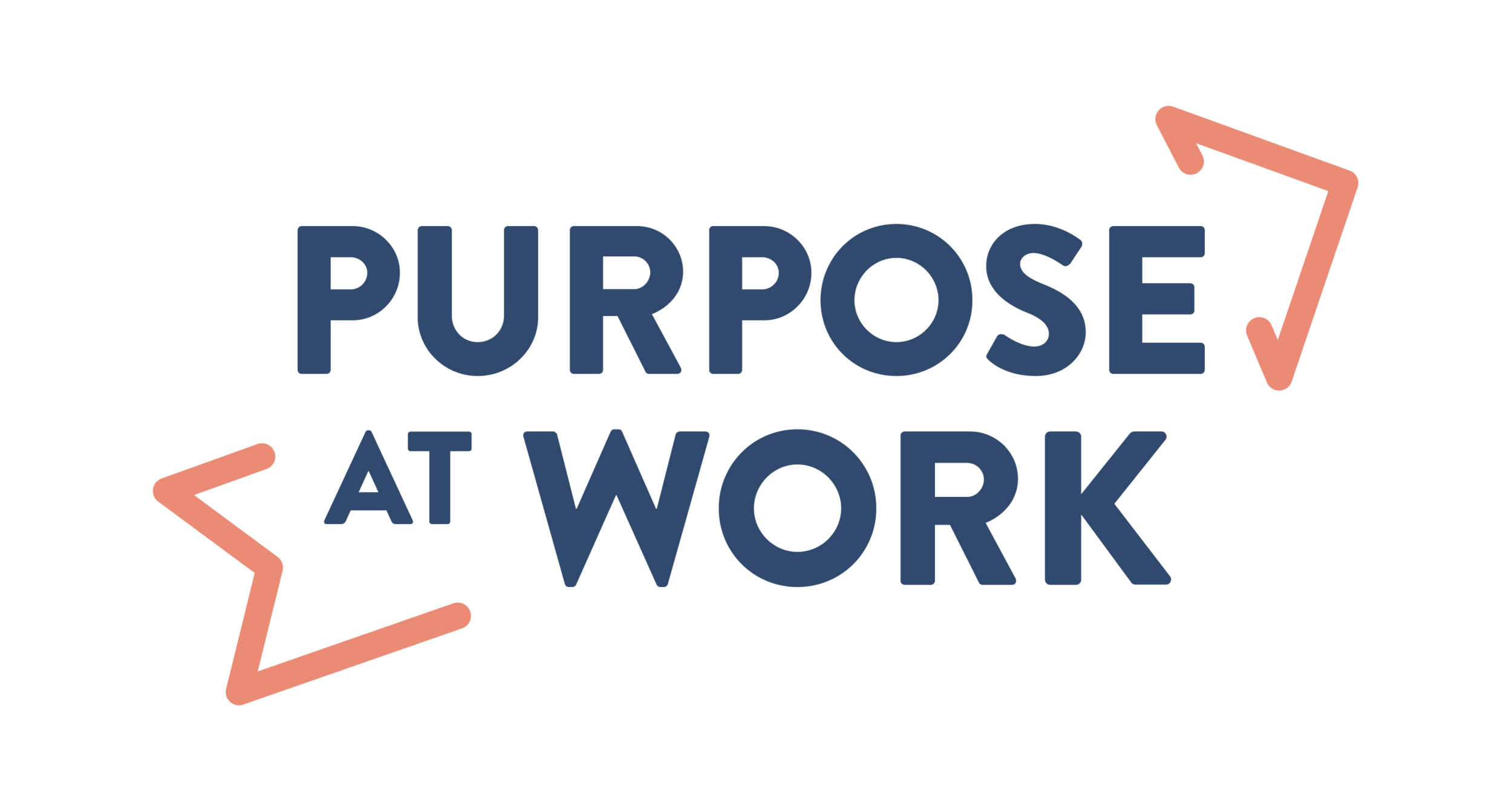PaW spotlight on national policy
Over the last 8 years consumer-driven care in the form of the National Disability Insurance Scheme (NDIS) has reshaped Australia’s disability sector and workforce in particular.
The disability workforce has nearly doubled in size. It is more occupationally diverse, now including people such as fitness instructors, gardeners, and financial advisers in addition to disability support workers and managers. People work under more differentiated conditions, with a larger casual workforce, many independent contractors and sole traders and more people working from clients’ homes as opposed to centralised workplaces. Regulatory arrangements and state government support vary across the country, with Victoria maintaining its own worker registration requirements separate to the national scheme and some (but not all) allied health practitioners registered under two systems.
And key problems continue to bedevil providers’ efforts to provide high quality services. The new NDIS National Workforce Plan 2021-25 (published in June 2021) summarises its observations as follows:
“Poor perception of the sector and unsupported entry pathways hinder attraction. 43 per cent of unfilled support worker vacancies were because of a lack of suitable or qualified candidates.
Variable and disconnected work conditions with limited training opportunities impact retention and quality. 64 per cent of support workers report feeling isolated in their job at least some of the time.
Red tape and difficulties in adapting service models of providers reduce the time that workers spend supporting participants. Excessive administrative tasks is the most significant challenge impacting workforce productivity.”
In this context, a national well-resourced strategy that assists the sector to solve challenges cooperatively is sorely needed. Several attempts to provide this have been made, most notably the long-awaited Growing the NDIS Market and Workforce Strategy (2019) and several multi-million dollar programs of transition support and resources that have gone largely to individual providers.
Yet not much improvement is evident. In its report to the 45th Parliament, the Joint Standing Committee on the NDIS was brutal, saying it was “deeply concerned that the loss of skilled and experienced workers is potentially compromising the quality of care and supports offered to participants” and arguing that under the NDIS working conditions had “dramatically deteriorated.”
Just two years later we have a new NDIS National Workforce Plan 2021-25. Can it help?
Read here Purpose at Work’s assessment of how the Plan fosters innovation.
And here for its relationship to an exciting new ingredient in the national mix: The NDIS Workforce Capability Framework.

